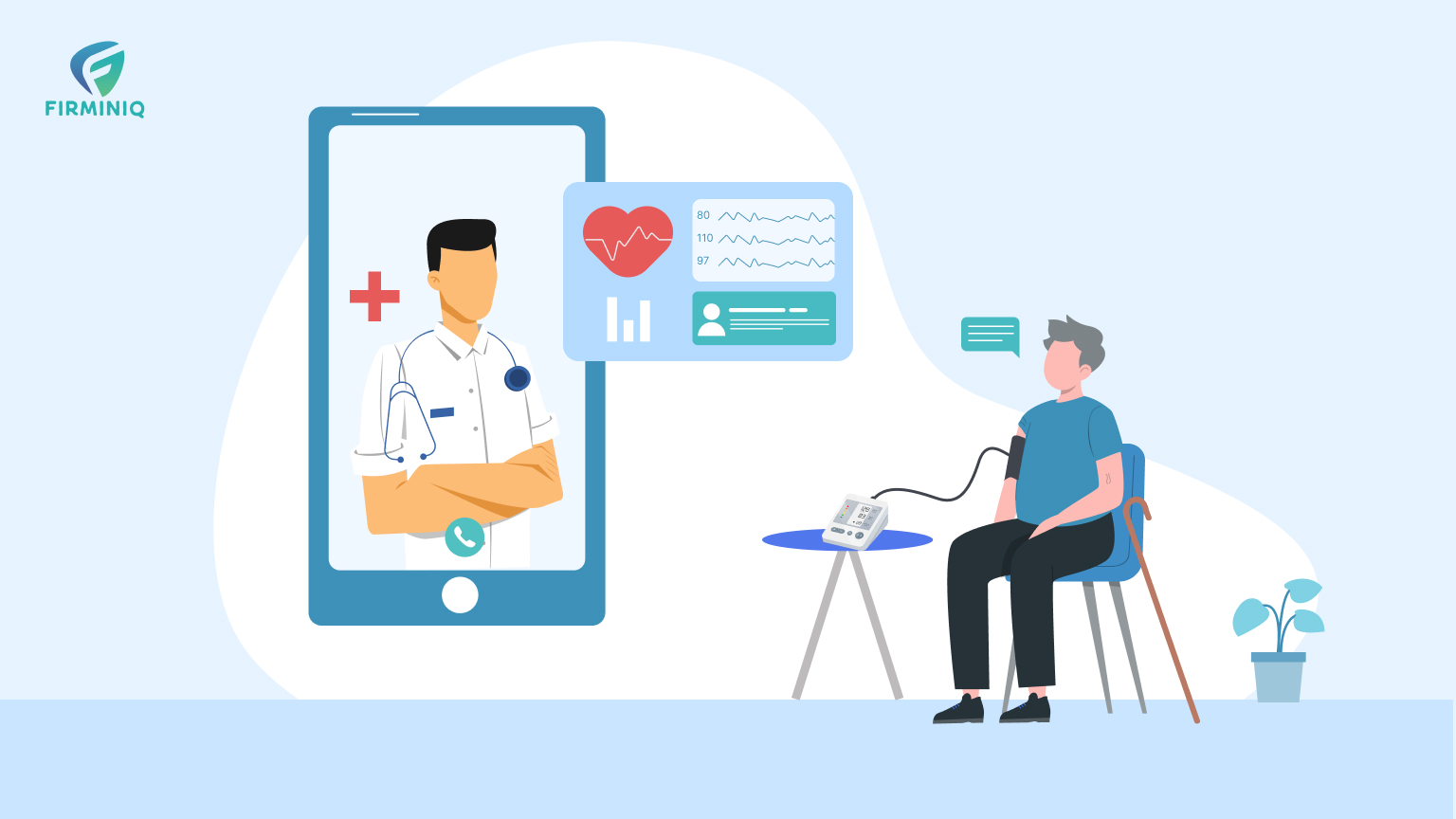In the ever-evolving healthcare landscape where technology and patient care intersect, ensuring the reliability and effectiveness of the applications is of paramount importance. To ensure the same, test automation has emerged as a turning point that helps thoroughly assess the system and streamline the processes, enhances speed, and offers error-free results.
“The global automation testing market size was estimated at USD 25.43 billion in 2022 and is expected to grow at a compound annual growth rate (CAGR) of 17.3% from 2023 to 2030.”-Grand View Research. This surge in automation testing adoption reflects the industry’s recognition of its pivotal role in achieving software excellence.
However, to achieve success in test automation, there are a plethora of challenges and considerations. One of the utmost considerations in achieving success with test automation in connected healthcare is choosing the right test automation framework. The choice of framework can significantly impact the effectiveness and efficiency of your testing efforts.
In this blog, we will explore the key components of a test automation framework, factors that ensure its success, and shed light on how it empowers the healthcare organizations to harness automation’s benefits while upholding stringent industry standards.
What Does a Test Automation Framework Encompass?
A test automation framework is a structured set of guidelines that ensures a consistent approach to developing, executing, and reporting automated tests for healthcare software. It helps quality assurance experts perform their testing tasks effectively and efficiently.
Here are a few components that a test automation framework encompasses:
a. Coding Standards
Standardized coding practices for writing test scripts to maintain consistency and readability.
b. Documentation & Assumptions
Precise documentation of anticipated results and assumptions regarding the functionality of healthcare applications is vital. Well-defined assumptions minimize ambiguity and promote efficient testing processes.
c. Test Tools and Interfaces
Selection and use of appropriate testing tools, interfaces, and libraries specific to healthcare applications.
d. Test Data Handling
Protocols for managing test data, particularly sensitive patient information, securely and in compliance with regulations.
Factors for Ensuring Success of Test Automation Framework in Connected Healthcare
To ensure success of the test automation framework in connected healthcare there are many considerations and distinct factors that help with patient safety, data security, efficiency, and more. Let us highlight some of the key factors:
1. Understanding of Regulatory Compliances
A thorough understanding of regulatory compliances like HIPAA (Health Insurance Portability and Accountability) in the US, GDPR (General Data Protection Regulation) in Europe and others is vital as these compliances provide strict guidelines that mitigate all legal risks.
2. Implement Robust Security Measures
Implement robust data security measures to protect sensitive patient information during testing. Encryption, access controls, test data management, a secure test environment, and an incident response plan are a few of the security measures that can significantly reduce the risk of exposing patient information during the testing and ensure the automation framework adheres to the legitimate needs.
3. Electronic Health Record (EHR) Integration
EHR systems are the central repository for health operations, managing patient data and records, clinical data, treatment plans and more. Integrating EHR data into the testing environment enhances the effectiveness of a test automation framework by offering realistic test scenarios while contributing to overall success of testing efforts.
Integrating EHR systems reduces the risk of issues and failures in the production environment and enhances patient care quality.
4. Production Environment Replication
In connected healthcare different components interact seamlessly with each other – EHRs, billing systems, devices, and others. A replicated production environment allows organizations to ensure that their test automation framework can effectively assess the quality and reliability while contributing to success of testing efforts.
5. Continuous Testing and CI/CD Integration
Continuous testing and CI/CD (Continuous Integration and Continuous Delivery) integration are pivotal factors that contribute significantly to the success of a test automation framework in the healthcare industry. It identifies and addresses compliance issues early in the development process, ensuring that software remains compliant throughout its lifecycle.
CI/CD integration contributes to patient safety, regulatory compliance, data security, and the efficient delivery of healthcare applications. Embracing these practices ensures that healthcare organizations can maintain high standards of software quality, and security in a dynamic environment.
6. Performance Testing
In healthcare, system performance is important. It helps ensure that vital healthcare applications, such as EHRs and other telemedicine platforms, respond promptly to healthcare professionals’ and patients’ needs. This reliability is vital for patient care and safety. Therefore, incorporating performance testing into your framework is vital to verify that the software can handle the expected patient load efficiently.
7. Skillset and Training
Building and maintaining a successful test automation framework requires skilled professionals who are knowledgeable about both healthcare domain intricacies and automation technologies. Invest in training and development programs to ensure that your team has the necessary skills to manage and evolve the framework effectively.
Conclusion
Test automation is a crucial component of ensuring the reliability and effectiveness of healthcare systems. The primary hurdles often revolve around acquiring the right tools and selecting an appropriate automation framework that can accelerate speed and enhance the testing quality.
If you wish to accelerate the automation testing of your connected apps, our test automation framework – QAGo can help. It is a proprietary framework that enables early automation to deliver the applications in the shortest possible period without compromising on quality.
Organizations striving for a successful test automation framework must consider factors such as understanding compliance regulations, implementing robust security measures, and seamlessly integrating EHR systems. This holistic approach not only enhances patient safety, data security, and system efficiency but also ensures alignment with industry standards. For further insights on enhancing quality, please refer to our article:
If you are looking for test automation services or have questions related to test automation, please feel free to reach out for assistance.







